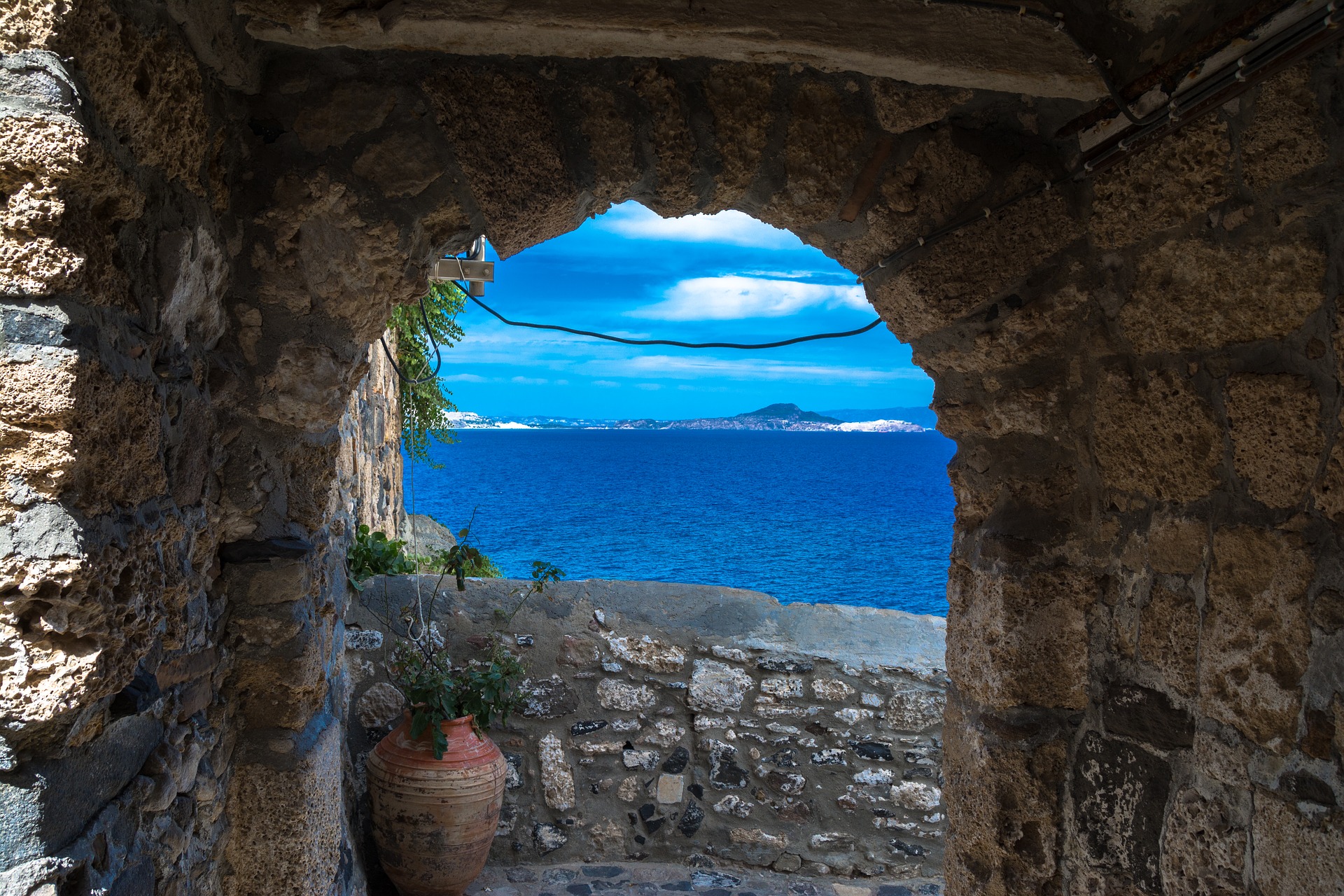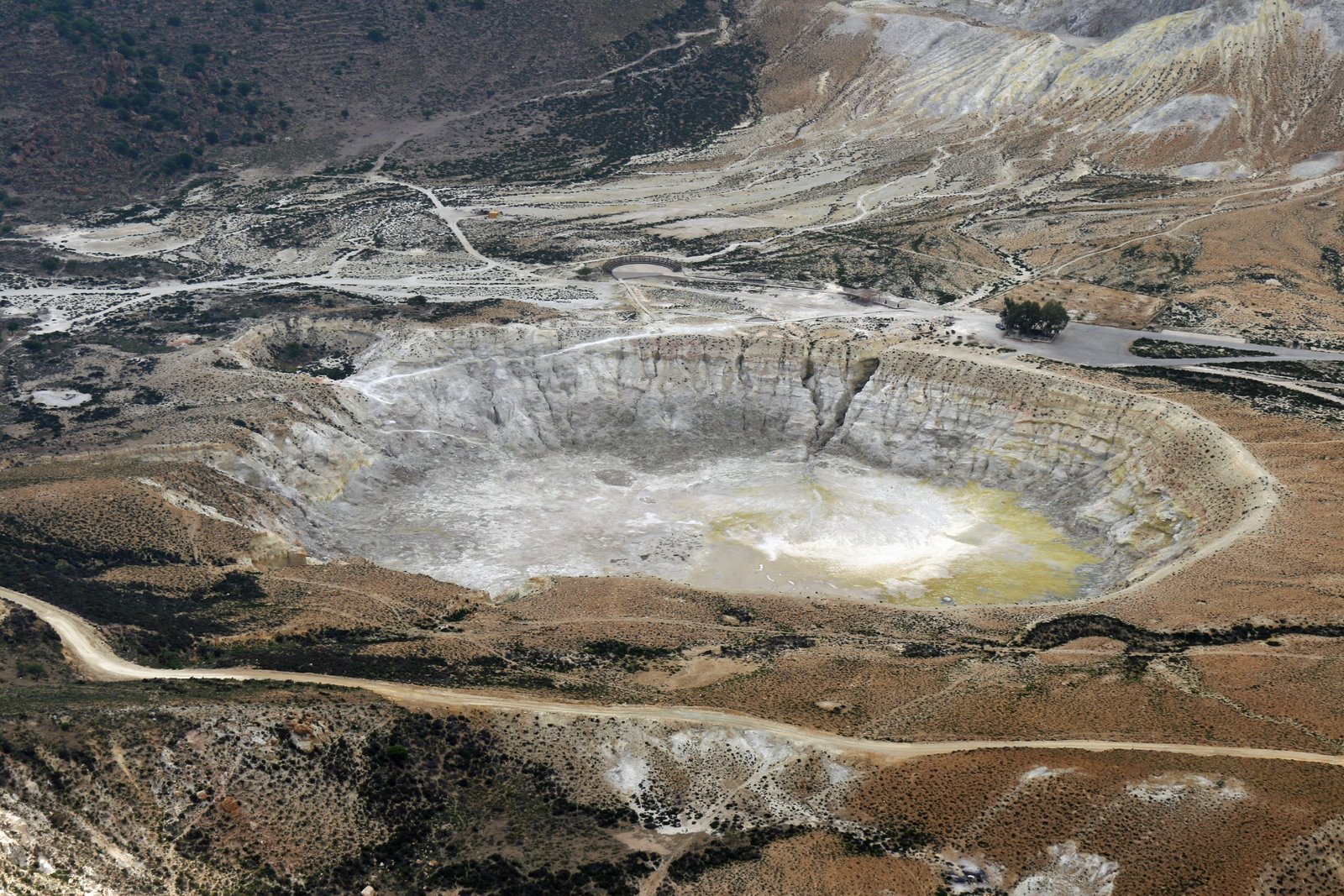Getting to Know Nisyros, a Gem of the Dodecanese
When on Kos, it would be a pity not to take a day to visit the Nisyros (also spelled Nissiros) island, which according to Greek mythology was formed when Poseidon cut off a part of Kos and threw it onto the giant Polybotes to stop him from escaping.
A volcanic island, Nisyros is inhabited – the permanent population counting about 1000 people. Like most Greek lands, it has a rich history, reflected by archaeological remains, but also by traditions and culture. It is mainly favored by nature lovers, including hikers and cyclists, who come here to explore the trails that lead to the volcano and to take in the amazing natural landscapes that make Nisyros a postcard-like attraction. The island boasts over 40 trails of special geological or cultural interest. As far and flora and fauna are concerned, all paths have similar value.
The architectural style of the buildings on the island is noteworthy for the Nisyrian house, which is usually a standard: two-storey homes that respect the same general style, however, the locals add a plus of diversity by chimney with special details, like chimneys, gutters, stairs, as well as blue-colored balconies and doors. The roads are small, paved, rounded and with steps that follow the ground. The traditional settlements cluster around a central square with a church and are built in the direction of east in order to be protected from the prevailing west wind.

The main landmark of the island is the volcano, with the largest hydrothermal crater in the world, Stefanos – currently active, but not erupting. The second main attraction is manmade: Paliokastro.
Paliokastro on Nisyros: one of the best-preserved fortifications of ancient times in the Aegean.
Paliokastro stands above the main town and port of the island, Mandraki. It’s a fortress made entirely of black volcanic stone, with a quasi-equal looking trapezium system of masonry on both fronts according to archaeologist Melina Philimonos-Tsopotou. A special project that ran from 2003 until 2006 included mounting works, and restoration of sections of the wall and the towers’s dangerous deformities, cleaning of the wall from the wild vegetation, transporting and arranging of fallen boulders, forming and prominence of the archaeological site with the creation of suitable routes, ticket issuing offices and sanitary facilities, and the placing of informational signs as well as the lighting of the monument.
The hot springs of Nisyros
Another special feature of the island is the abundance of hot springs. The best-known springs are Loutra Mandrakiou, Avlaki, and Thermiani, which were famous even in antiquity. The springs of Mandraki became popular after construction works in 1872, and although they have not been kept in good condition, they still attract hundreds of tourists every season. You can take a boat tour from Kos to reach the springs, which are at a fishing harbor about 1500 meters away from Mandraki. Thermiani, on the other hand, are located in Paloi and are believed to be the springs picked by Hippocrates for a thermal spring therapeutic center. Although restored, the baths are not operational. The hot springs of Avlaki were used for balneology before the settlement was abandoned. Here, the water temperature may reach up to 60°C.

